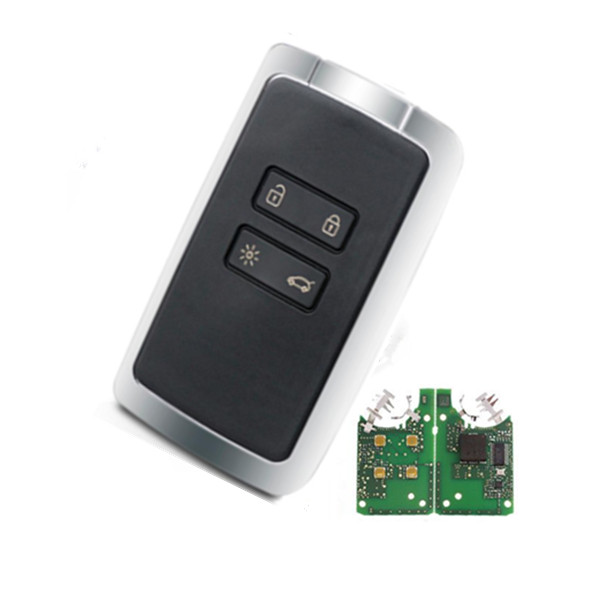Fob keys, also known as key fobs or proximity cards, have become ubiquitous in modern security systems, offering convenient and secure access to various facilities and properties. However, the convenience they provide comes with potential risks, particularly when they are lost or damaged. In this article, we will explore the potential risks associated with losing or damaging a fob key and discuss effective strategies to mitigate these risks.

Potential Risks:
1. Unauthorized Access:
One of the primary risks of losing a fob key is the potential for unauthorized access. If the lost fob falls into the wrong hands, it could be used by an unauthorized individual to gain entry to secured areas. This poses a significant security threat, especially in residential and commercial settings.
2. Security Breaches:
Losing a fob key may result in a security breach, compromising the safety and integrity of a property. Unauthorized individuals with access to a lost fob key can exploit vulnerabilities in the security system, putting both people and assets at risk.
3. Identity Theft:
Fob keys are often linked to personal or sensitive information. Losing a fob key could expose individuals to the risk of identity theft, as unauthorized users may attempt to exploit the associated data for malicious purposes.
4. Financial Loss:
In certain access control systems, the fob key might be tied to financial transactions or access to valuable resources. Losing the fob key could lead to financial loss if unauthorized transactions or activities occur.
Mitigation Strategies:
1. Immediate Reporting:
The first and most crucial step in mitigating the risks associated with a lost or damaged fob key is to report it immediately. Contact the appropriate authorities, security personnel, or system administrators to deactivate the lost fob and prevent unauthorized access.
2. Remote Deactivation:
Many modern access control systems allow for remote deactivation of lost or stolen fob keys. System administrators can promptly disable the compromised fob, rendering it useless and preventing potential security breaches.
3. Issuing Replacements:
Access control systems should have protocols in place for issuing replacement fob keys. Users should follow the necessary procedures to obtain a new fob key promptly, minimizing the time during which the security of the system is compromised.
4. Regular Audits and Updates:
Implementing regular audits of access control systems and updating user credentials can help identify and address potential vulnerabilities. Regularly reviewing and updating security protocols contribute to a proactive approach in preventing unauthorized access.
5. Biometric Integration:
Integrating biometric authentication alongside fob key access adds an extra layer of security. Biometric features such as fingerprint or retina scans provide a unique and personalized level of verification, reducing the reliance on physical fob keys alone.
6. Educating Users:
Users should be educated on the importance of safeguarding their fob keys and reporting losses promptly. Creating awareness about the potential risks and the steps to mitigate them empowers individuals to be proactive in maintaining the security of access control systems.
Conclusion:
While fob keys offer convenience and efficiency in access control, the potential risks associated with losing or damaging them are undeniable. Implementing prompt reporting, remote deactivation, and efficient replacement procedures, coupled with proactive security measures, can effectively mitigate these risks. Educating users and staying vigilant in the management of access control systems are crucial steps in ensuring the ongoing security and integrity of protected spaces.

 Englishen
Englishen











 No.991 Xingxiu Road,Taiwanese Investment Zone, Quanzhou, Fujian Province,P.R.China
No.991 Xingxiu Road,Taiwanese Investment Zone, Quanzhou, Fujian Province,P.R.China +86 13960286508
+86 13960286508
 3D Reality Showroom
3D Reality Showroom
